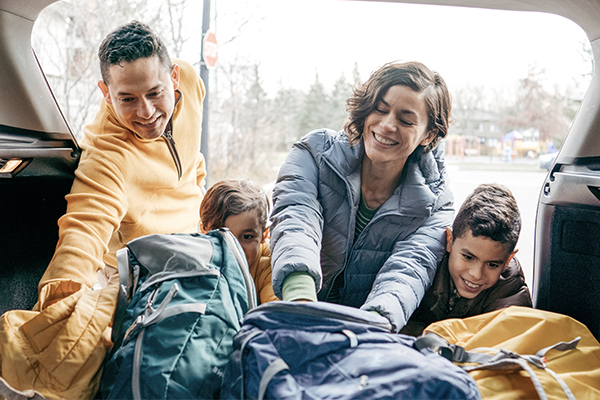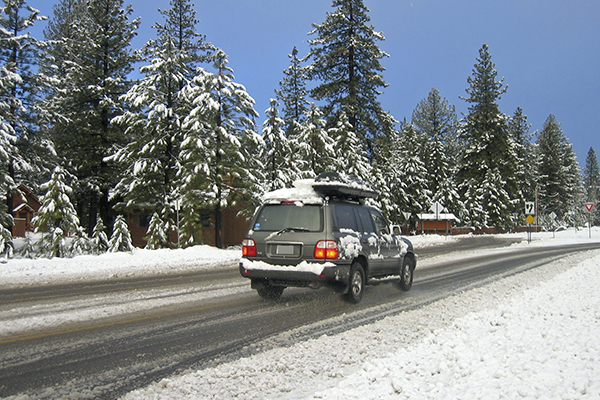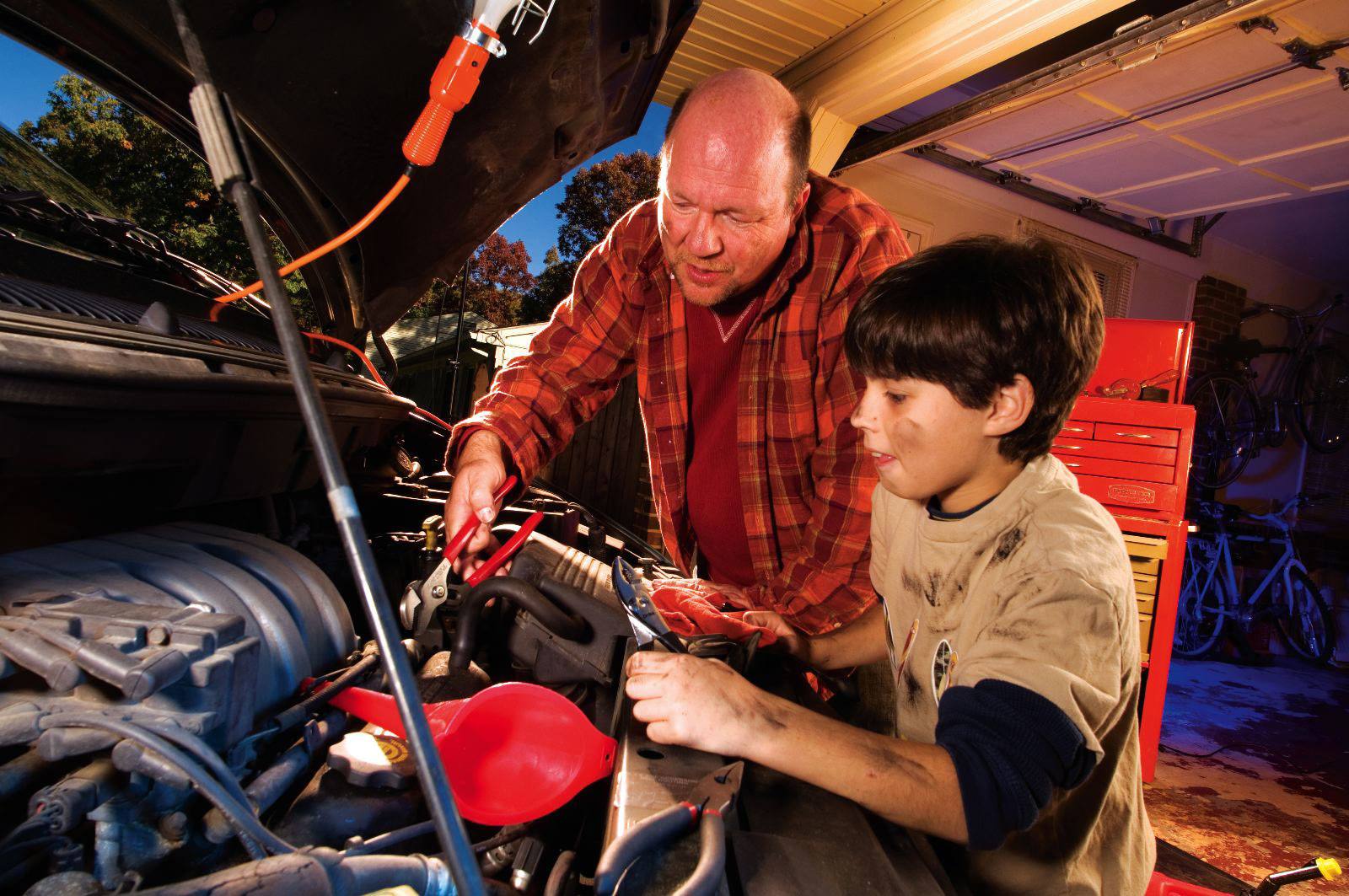
With excellent views, a fresh ocean breeze, limited traffic, and a fun, sandy ride to your camping spot, beach driving can be some of the best driving. It's big 4x4 fun, but it takes a little bit of prep work to pull off. Here's what you need to know before hitting the sand.

Source | Konrad Marx
Safety is concern No. 1
Driving on the beach should be awesome, but when done improperly it can quickly earn you expensive fines. Check your local laws—you can't drive on every beach. Certain ones prohibit driving entirely, or ban off-road vehicles like dirt bikes and ATVs. This may be due to environmental concerns and protecting wildlife, nearby neighbors wanting peace and quiet, or the sheer volume of pedestrians and fishermen on the beach.
Other beaches are restricted to vehicles with a permit. Obtaining a permit usually requires a fee and inspection. The first helps operate a clean and safe beach, while the second makes sure you have the equipment to safely drive on the sand. Open beaches are free and clear to all vehicles, but find a beach-access road and read all the rules before driving on.
If no rules are posted, here's a few common-sense things to keep in mind:
- If the beach does not have a speed limit, top out around 25 mph. Go slower around horses and people.
- The hard-packed “roads" where previous cars have passed will provide the easiest drive. Stick with these lanes if you're driving a car.
- Check the tides before venturing out. High tide can limit your exploration or put you in a tough spot.
- Don't park near the water. Incoming tides could flood your vehicle.
- Avoid driving on the wrack line (where previous high tides deposited ocean debris) and vegetation. Just like off-road driving inland, leave it nice for when others come through.

Source | Global Jet/Flickr
Gear up
In addition to following the rules, to have a successful day at the beach, there are a few things you should bring:
- A jack and spare tire. (If these aren't in your vehicle already.)
- Jack stands, and a shovel. If you get stuck, these items could make or break your day.
- Tow straps or heavy-duty rope. A friendly passer-by is much more likely to be able to help with these cheap tools.
- A thick board, preferably a hardwood. Set the jack on the plank, and it won't sink into the sand.
- An extra floor mat. A cheap and easy item to toss under a drive wheel if you get stuck.
- Tire pressure gauge. For lowering pressure while on sand.
- A portable tire inflator, to re-inflate when you return to the road.
Sand-driving tips
Driving on sand is different than asphalt. The sand is loose or packed, dry or wet, or all of those combined, creating a variable driving surface. Help your tires out by lowering the air pressure to around 15 psi. This creates a larger contact patch—something you don't want on the street—but on the beach your low-pressure tires are better able to power through loose sand.
Don't take sharp corners. Turning the wheel sharply results in a tire that will lose grip and plow a rut in the sand. You probably have a lot of space, so there's no shame in a Kenworth-size turning radius.
If you start to spin, don't stay on the throttle, as you will just dig a hole. Get out, dig with your shovel, and try the floor mat or the board under a tire for traction. Use a lower gear, leave the traction control and torque vectoring on, and use snow mode, if equipped with all of that.
The right tool for the job
Speaking of equipment, it's a good idea to take a long look at the vehicle you want to drive on the beach. Front-wheel-drive cars are generally frowned upon and should stick to hard-packed sand only. Rear-wheel drive proves slightly better, due to most RWD vehicles having a differential to drive both wheels. All-wheel drive allows you to explore a lot more beach terrain, but most AWD cars and crossovers have limited ground clearance, so watch the dunes.
Dedicated four-wheel drive vehicles will be the best beach cars. 4x4s have a dedicated low range and locking front differential to power through the toughest terrain. There's a reason you'll see more Jeep Wranglers out there over Toyota Camrys.
The point of beach driving is to have fun and get to your destination. With the right prep work, you can do both.
Have any tips on beach driving? Tell us in the comments below.







